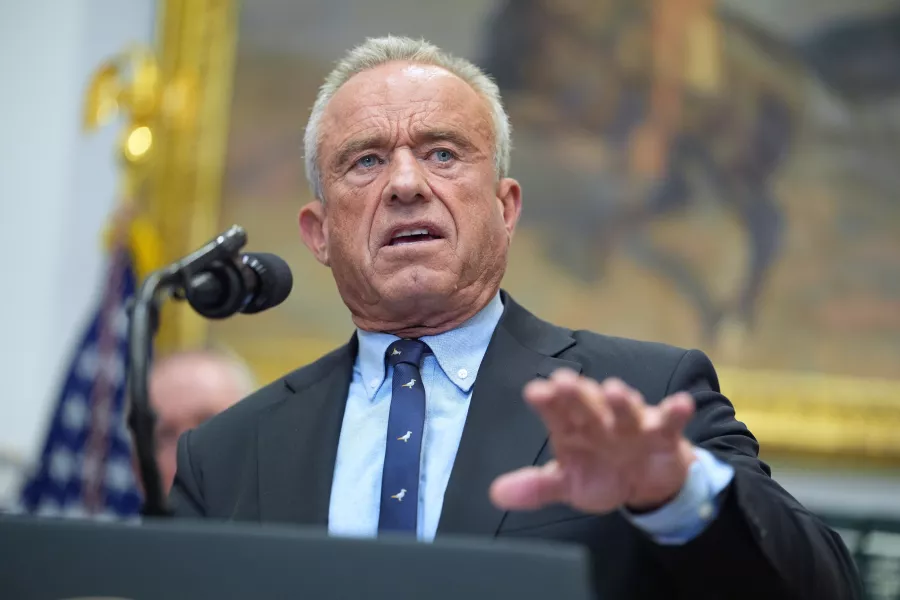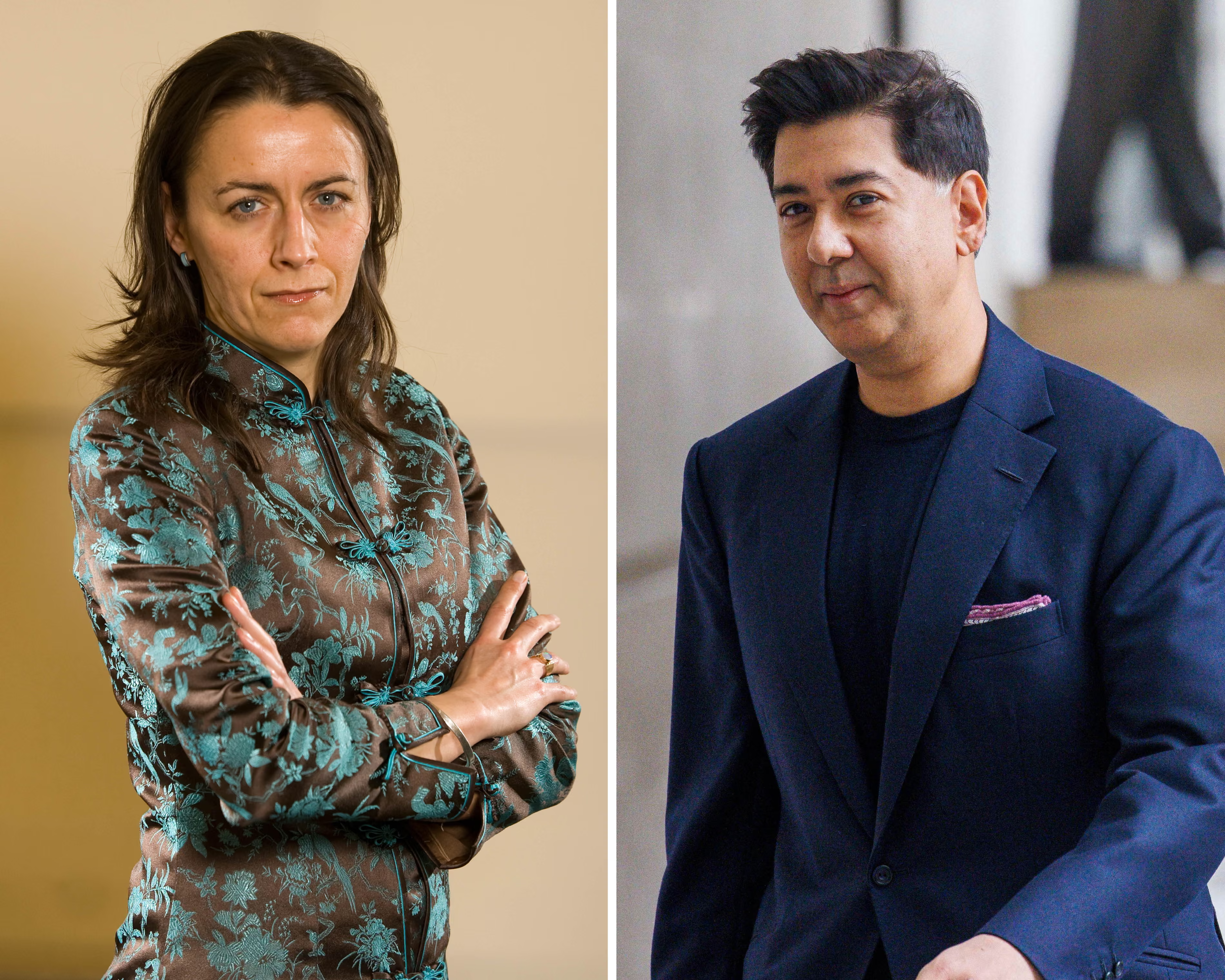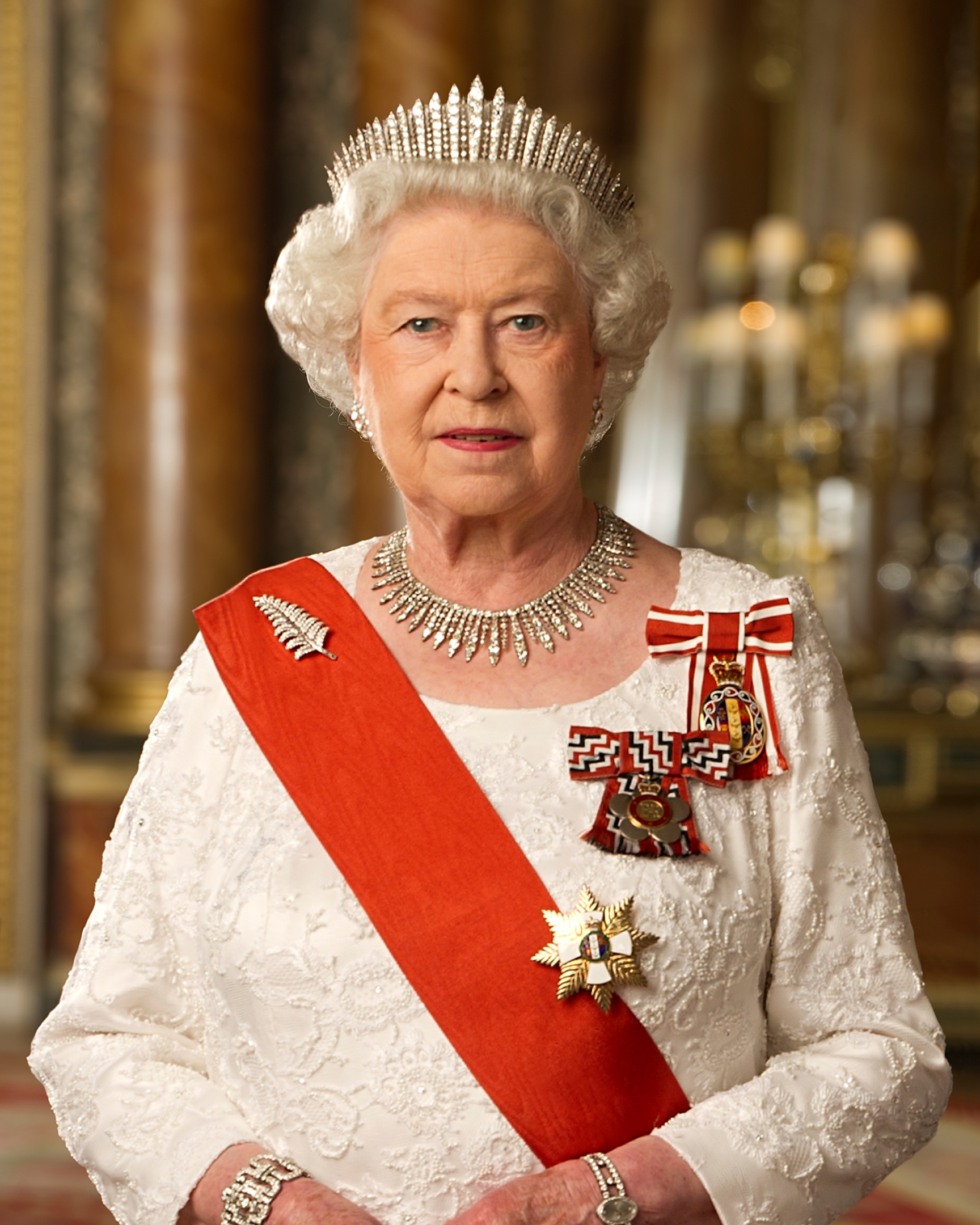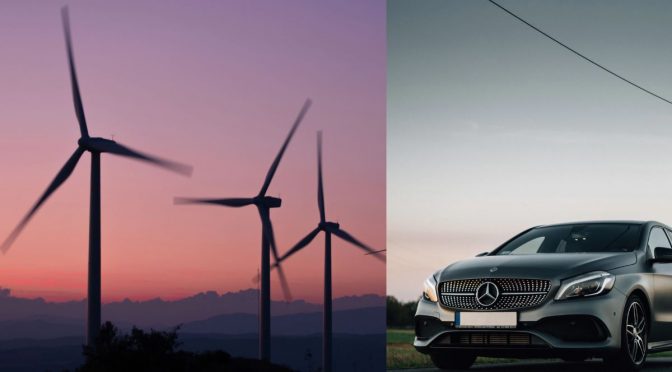As tensions mount in the Middle East and war continues in Ukraine, NATO leaders are gathering in The Hague for what some diplomats are calling the most consequential summit since the end of the Cold War.
The 2025 NATO Summit comes at a critical moment, marked by Russia’s ongoing war in Ukraine, increasing global security threats, and renewed uncertainty about the US commitment to European defense.
US President Donald Trump is expected to attend, despite speculation he might remain in Washington following the US airstrikes on Iranian nuclear sites. This will be Trump’s first NATO summit since his return to office and the first major test of his foreign policy alignment with long-standing transatlantic partners.
NATO Secretary General Mark Rutte, hosting the summit in his native Netherlands, has designed the meeting with a clear objective: to solidify unity and appease American concerns. A new defense investment plan is the centerpiece of the summit, calling for all member states to spend 5% of GDP on defense—more than doubling the previous 2% target agreed in 2014.
Rutte emphasized that this increase is driven by an evolving threat environment.
“Our security environment has changed—and not for the better,” he said in a pre-summit briefing.
The plan includes significant investments in air defenses, armored vehicles, artillery stockpiles, and expanded cooperation with defense industries.
Yet some nations, including Spain, have expressed concern over the feasibility of such spending, with reports of possible opt-outs—claims Rutte later denied. Critics warn the scale of investment could lead to political tension, especially in countries where public support for increased military budgets is limited.
President Trump’s past criticisms of NATO members for not contributing enough to collective defense loom large. Diplomats acknowledge the summit has been carefully structured to appeal to him, both through the increased defense commitments and a narrowly focused agenda.
Still, uncertainty remains. European leaders worry that Trump may resist signing a final summit declaration that names Russia as the primary threat to NATO, amid concerns over his administration’s approach to Moscow and Kyiv. Trump has also suggested the US should not be bound by the same spending benchmarks he demands of other members, complicating messaging around shared responsibility.
“The summit is about credibility,” said US Ambassador to NATO Matthew Whitaker.
However, a former US NATO envoy, Julianne Smith, warned that even generous concessions from allies offer “no guarantees” of enduring American commitment under Trump.
The summit takes place as Russia intensifies its offensive in Ukraine, and after US airstrikes on Iranian nuclear sites have raised fears of wider conflict. NATO maintains that Iran must not obtain nuclear weapons, reiterating support for non-proliferation while steering clear of direct military involvement.
In Europe, the debate over burden-sharing is not only about money but structure. Defense experts point to the inefficiencies of fragmented military capabilities across the continent. Pooling resources and coordinating procurement remain contentious but necessary conversations that are unlikely to be resolved at this summit.
Meanwhile, the US continues to lead key NATO military functions, with 100,000 troops stationed across Europe. However, with an American strategic pivot toward the Indo-Pacific underway, NATO’s European members are being urged to build capacity not just to complement the US—but to prepare for the possibility of doing more without it.
Despite political headwinds, the summit is expected to finalize the 5% defense spending framework and recommit to supporting Ukraine. European and Canadian allies have pledged over €35 billion in additional military aid to Ukraine for the coming year—a significant increase from earlier estimates.
Ukrainian President Volodymyr Zelenskyy will join leaders for several meetings, with discussions focused on long-term security guarantees and Ukraine’s path toward eventual NATO membership.








The latest news in your social feeds
Subscribe to our social media platforms to stay tuned